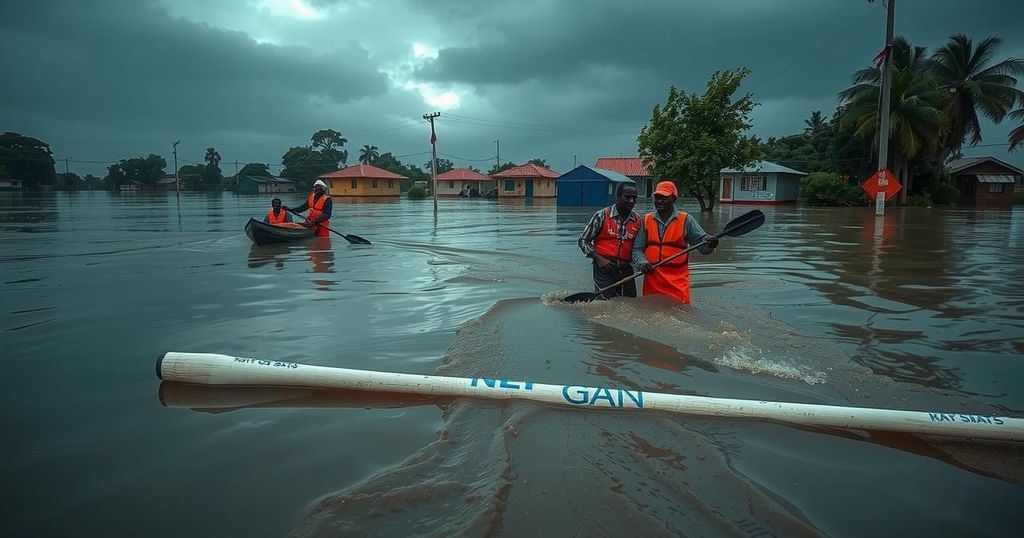Severe Flooding in South Sudan Displaces Thousands and Threatens Health
Severe flooding in South Sudan affects 1.4 million people, displacing 379,000, amid rising malaria concerns, marking the worst floods in decades.
The ongoing flooding in South Sudan has reached catastrophic levels, severely impacting approximately 1.4 million individuals and displacing over 379,000 people, as reported by the United Nations. The floods, attributed to climate change, represent the worst natural disaster witnessed in South Sudan in many decades, particularly affecting the northern regions. Humanitarian agencies are voicing significant concerns regarding the rise in malaria cases, exacerbated by the flooding and the resulting stagnant water, which provides ideal breeding conditions for the disease-carrying mosquitoes.
South Sudan faces unique challenges due to its geographical and climatic conditions, making it one of the most vulnerable nations to the impacts of climate change. Historically, the country has experienced severe weather fluctuations, leading to devastating floods and droughts. Given its recent independence, the nation has struggled with building resilient infrastructure and disaster response mechanisms, leaving its population particularly susceptible to climate-related disasters that impact health, food security, and housing.
In summary, the floods in South Sudan have created a humanitarian crisis affecting over 1.4 million people and displacing nearly 379,000. The escalating situation highlights the fragility of the country’s infrastructure and the urgent need for effective humanitarian assistance. With the risk of increased malaria cases due to stagnant water, it is critical that both national and international organizations respond swiftly to avert further suffering and public health crises.
Original Source: www.djournal.com




Post Comment